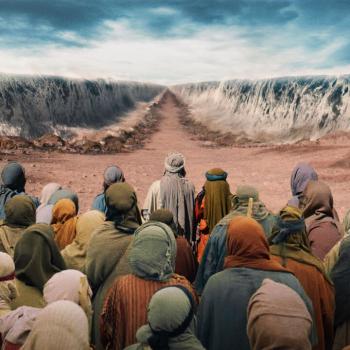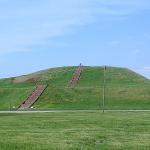Jesus of Galileelarryhurtado | September 23, 2011 at 1:14 pm | Tags: Historical Context, Important publications | Categories: Uncategorized | URL: http://wp.me/pYZXr-cu
|
(N.B. the following are Hurtado’s observations).
Several days ago I mentioned perusing a sample copy of a newish journal, Early Christianity (published by Mohr Siebeck, Tubingen), and indicated that I’d provide some futher comment on the contents.
The issue in question (vol. 1, issue 3, 2010) includes a wide-ranging survey of scholarly work on Galilee in the time of Jesus by Sean Freyne: “Jesus of Galilee: Implications and Possibilities” (pp. 372-405). Freyne is probably the doyen of NT scholars on Galilee, with a number of publications of his own over a number of years. In this essay he assesses the net results of scholarship on a number of issues.
On “Hellenisation in Galilee,” he identifies “a major shift in perspective among scholars” (380-81), arising from earlier work (e.g., Bickerman, Hengel) and more recent studies (Gruen, Collins, Levine), as well as archaeological studies. Essentially, although Galilee reflected the cultural impact of Hellenism in a number of matters, in key religious issues Galilean Jews seem to have remained loyal to Jewish distinctives: “Even those who might have benefited from the new possibilities of the Greek world and were prepared to participate drew the line when it came to worshipping a god other than Yahweh” (383). As to the suggestion that Jesus visited Sepphoris and sampled the more Greco-Roman culture of the town, this “has won little support among modern scholars” (386-7). LIkewise, Freyne is dubious about modern attempts to ascribe a significant Cynic influence in Galilee (387).
As to the economic situation, Freyne notes that “both the literary and archaeological records” suggest “private ownership of individual plots of land” as the norm (389. This goes against allegations that Galilee was rife with landless peasants at the mercy of absentee landlords of large tracts of land.
Freyne also notes the strong evidence that Galilee was very Jewish in religious outlook and practice, and that it is dubious to make strong distinctions in these matters between Galilee and Judea (395-403). The discovery of ritual washing pools (mikvoth) and other evidence of observance of clean/unclean food practice are key evidence. Allowing for the “tentative” state of current conclusions, Freyne opines that “they dochallenge us to see Jesus and his followers in a much more Jewish environment than was prviously the case among scholars” (403).
In a brief theological “afterword”, Freyne observes that the broad effect of work on first-century Galilee is to root Jesus early life and ministry in that geographical and cultural setting. Allowing for remaining difficulties and differences among scholars, Freyne proposes that “the Galilean Jesus is not just the presupposition for the Christian proclamation, as Rudolph Bultmann famously claimed, his Galilean ministry is an integral part of that proclamation” (404).















